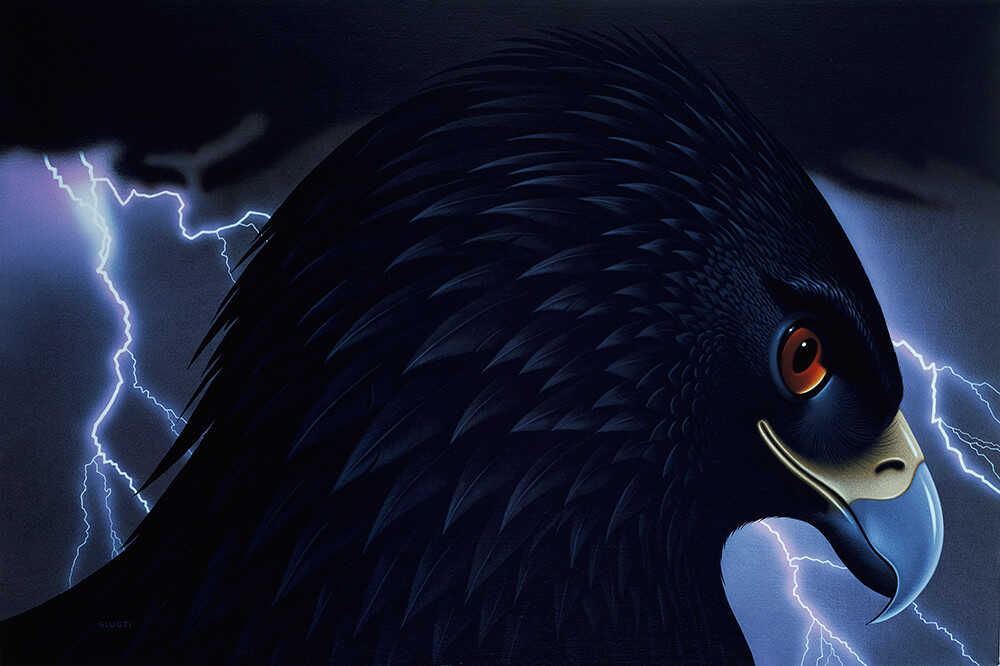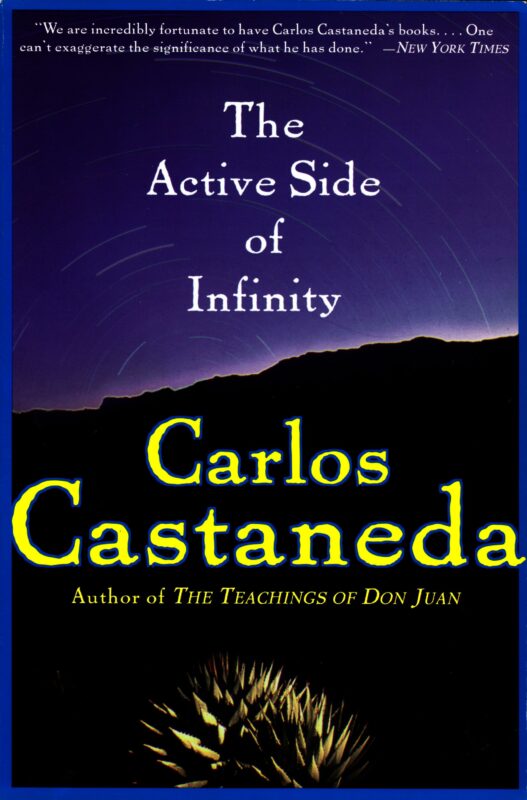The Eagle’s Gift – Prologue
In the prologue to his work, Carlos Castaneda recounts the shift of his academic focus from anthropology to a personal journey into the world of sorcery under the tutelage of Don Juan Matus and Don Genaro Flores. After his teachers depart, Castaneda discovers nine other apprentices who now expect him to assume the role of their leader, the Nagual. This new responsibility, marked by intense clashes with the other apprentices, forces him into a state of profound self-discovery and obliges him to thoroughly review everything he has learned about the arts of dreaming and stalking in order to guide the group.


